Samsung Chromebook (XE303) Review: Testing ARM's Cortex A15
by Anand Lal Shimpi on October 31, 2012 9:00 AM ESTThe Chromebook
The new Chromebook, like its predecessors, is a completely plastic device. At $249 you're not going to get any tales of exotic materials or fancy new manufacturing processes. That being said, the Chromebook looks really good. For years, value notebooks have been equated with glossy, horribly styled pieces of junk. Samsung used a matte finish and styled the new Chromebook to look very similar to a lot of the current crop of Ultrabooks and Apple's MacBook Air. The result is a notebook that doesn't really look cheap, although I will add that in person the Chromebook doesn't look anywhere near as good as it does in Google's photos.
There's not much that can be done about the feel of the Chromebook however. It is made of and feels like plain old, hard plastic. I'm sure Vivek could go into tons of detail on the molecular composition of what Samsung used here, but the bottom line is it feels like what you'd expect a $249 notebook to feel like.
Despite material choice however, the device never gave me any indication that it would age particularly poorly. The typing surface is made of a single piece of plastic, with the bottom cover being the piece that's removable to gain access to the internals. I didn't encounter any creaks of squeaks while using the machine. The chassis felt fairly rigid. The display hinge is ok in my opinion, not overly confidence inspiring but not a clear issue.
The new Chromebook is remarkably thin and light. With an 11.6-inch display the new Chromebook weighs 2.42 lbs and is 0.7-inches thin. To deal with the thinner profile, Samsung moved most of the IO ports to the rear of the machine. You'll find two USB ports (1 x USB 3.0, 1 x USB 2.0), HDMI out, DC input for power/charging, charge indicator (orange for charging, green for charged) and a little door hiding what looks to be a micro SIM card slot. The latter is unused on the $249 Chromebook, there's literally nothing behind the slot so if you manage to stick anything in there you'll have to open up the Chromebook to get it back.
Around the left of the machine is a mic/headset combo port and an SD card reader. The SD card reader works quite well. Pop in an SD card and a window will appear with its contents. There's even a simple image browser.
There's no longer a physical switch to boot the Chromebook into recovery mode, instead you hold down the escape and refresh keys when powering on the machine. Then, once you hit the warning screen just hit ctrl + D to enter developer mode. Remember that the first boot into developer mode will wipe all user data stored on the internal NAND to avoid someone using this trick to get access to your files.
The USB 3.0 port is a bit useless on the new Chromebook. I dusted off my trusty Zalman SLC NAND USB 3.0 drive, capable of delivering more than 80MB/s and copied a 2.8GB file to the internal NAND. I timed the process and came away with an average transfer rate of around 12.7MB/s - well within the realm of USB 2.0 performance. Given the Exynos 5 Dual SoC features an integrated USB 3.0 controller, it's possible Samsung just wanted to take advantage of the feature and perhaps test its implementation. It's a nice checkbox feature but it does nothing for the end user as far as I can tell.
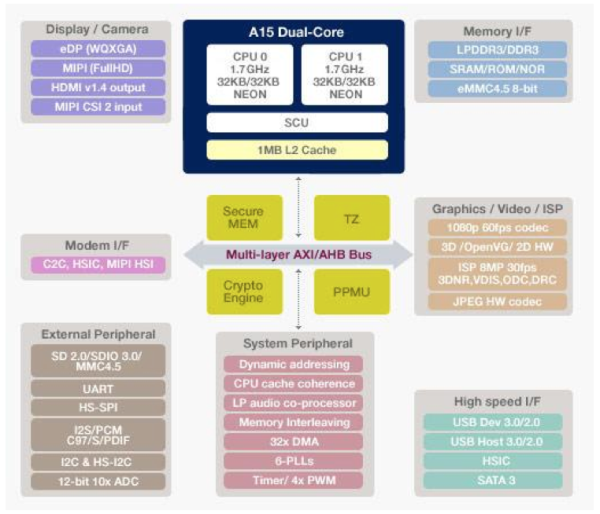
The HDMI output is also a bit hit or miss. Plugging the Chromebook into a relatively modern (~2 year old) Samsung LED backlit LCD HTDV caused the Chromebook to reboot itself. I had better luck by starting with the machine off then plugging in the HDMI cable, which at least gave me the Chrome logo on the TV but then quickly got into a mode where it kept alternating between sending 720p and 1080p signals to the TV, neither of which would go any further than a black screen. Moving my pointer around on the Chromebook itself just gave me a bunch of random visual artifacts (flashing black blocks in the lower quarter of the screen). I don't doubt that the HDMI output will work for some, but don't expect a whole lot of work to be put into compatibility testing there.
The speakers on the new Chromebook are surprisingly good for such a low cost notebook. WiFi is also not bad, with both 2.4GHz and 5GHz 802.11n support. The biggest take away here is that Google and Samsung deliver build quality and some of the chassis features of a value PC notebook for nearly half the price.


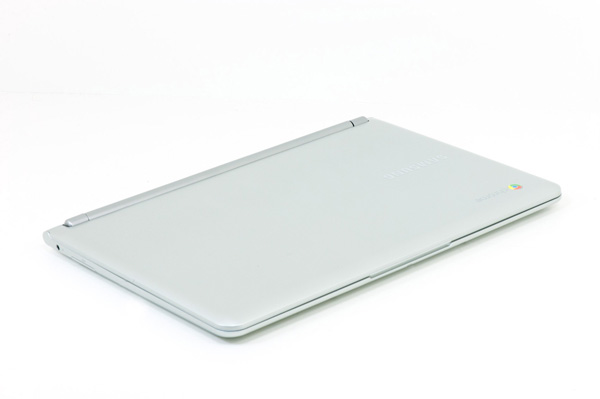
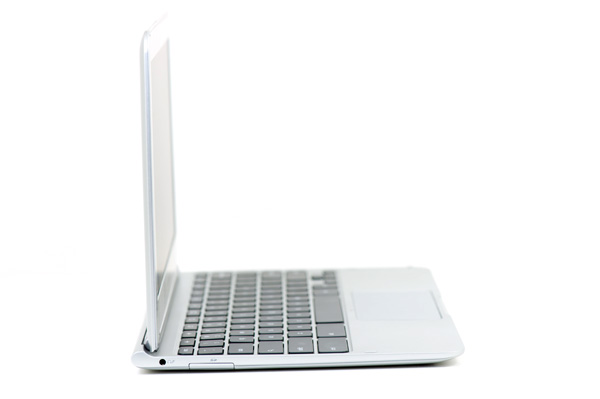
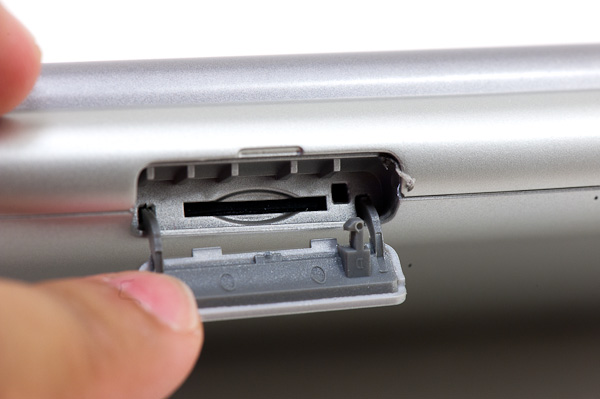
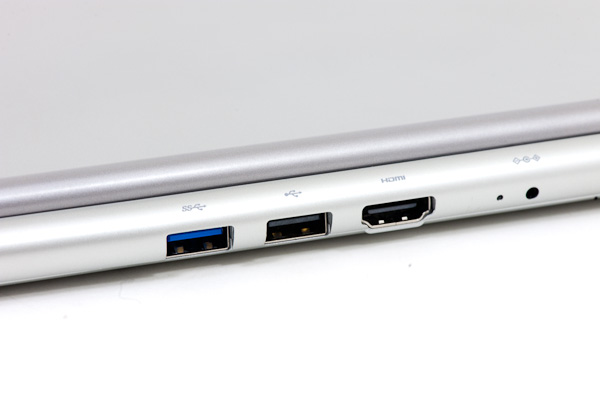
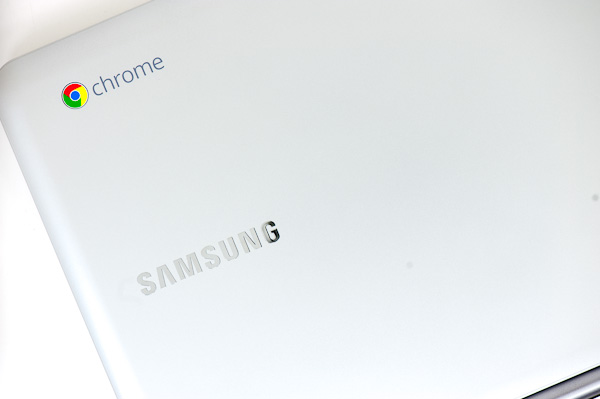








149 Comments
View All Comments
Krysto - Thursday, November 1, 2012 - link
Which is going to be another year, by which point Android tablets will be on to the next-gen hardware.name99 - Sunday, November 4, 2012 - link
You have an odd definition of awesome."The display is functional but not very good. Build quality is decent but the new Chromebook is still a plastic notebook. Thankfully the keyboard and trackpad are both pretty decent."
Add in HDMI that doesn't work, a weird slot that isn't connected to anything, and the various other hassles described and I'm not sure exactly what the awesome here is.
Andhaka - Wednesday, October 31, 2012 - link
Seems a nice machine on paper, but I don't really know how much I would trust an "always online" Google machine with my data.Seems too much of a trade off.
Cheers
coder543 - Wednesday, October 31, 2012 - link
Because I'm sure that your secrets are personally being observed by Google since they're just ever so valuable. That's the only reasonable line of reasoning./sarcasm
They're just happy to make advertising revenue off of you, and since you'll likely use Google from whatever machine you have, it won't make much difference to not use this one. Also consider that if you were doing something highly sensitive, you could always walk over and turn on your computer, assuming you trust it, especially if you have Windows. I'd be less inclined to trust the good will of the parasites lurking around on there.
coder543 - Wednesday, October 31, 2012 - link
turn on your regular* computer/typo fixed
Andhaka - Wednesday, October 31, 2012 - link
Actually I work with a lot of NDA stuff (translations mostly) so yes, I really have a lot of secret stuff on my computer. ;) And believe me when I say I don't use google for ANYTHING on my work related projects. :)And the problem is not google per se, but having a machine that's not really usable if not online. I'm not sure, but I think there's no choice for editing text apart from Google Docs?
This is not an objective opinion. It's rather my personal view of this kind of machines. I'd like a super lightweight portable laptop, but not one that's tied hands and feet to an online service.
Just MY two cents. :)
jamyryals - Wednesday, October 31, 2012 - link
I'm pretty sure they support offline Google docs using a local disc cache. Still though, I'm pretty sure we are not the target for this platform.Andhaka - Wednesday, October 31, 2012 - link
Exactly what I was saying. For my kind of work it's not a viable solution. :)chrnochime - Wednesday, October 31, 2012 - link
So what do you use at work instead of Google then? Curious because AFAIK all other search engines do the same as Google...Andhaka - Wednesday, October 31, 2012 - link
That's the point. For really important NDA stuff we don't use search engines, AT ALL. :)I can connect to a company server with extensive documentation to serch for specific infromation on the project I'm working on (usually given to us by the committent), but I cannot really access Google or Bing and search for things i need.
For lesser project we use a company issued google profile for searches but no online document manipolation is allowed, meaning no Google Docs, Office Online, Dropbox, iCloud or anything similar. We have company online storage and we use VPN connections with tokens to generate the cyphers needed to connect. I cannot even send work files via email even if our email server is phisically based in our campus. :)
They take security very seriously where I work. ;)
Cheers